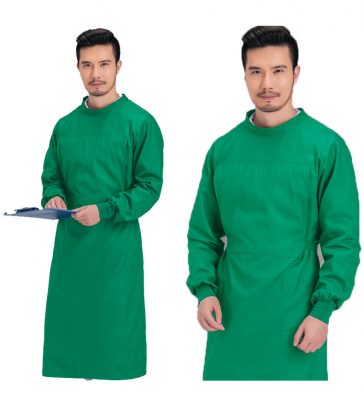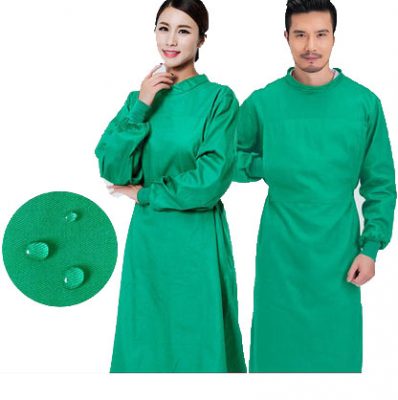1. Moisture absorption performance
Hygroscopicity is one of the basic properties of customized medical care clothing fabrics. Good hygroscopicity, comfortable to wear, timely absorption of sweat discharged by the human body, and regulation of body temperature. From the structure of medical clothing fabrics, the moisture absorption of knitted materials is better than that of woven materials.
2. Breathability
Air permeability is the ability to adjust the comfort of the human body and is closely related to human health. The strength of air permeability depends on the density, thickness and surface shape of the fabric. The choice is based on the design intent and should be selected carefully.
3. Softness
The softness of medical clothing fabric refers to the softness of the material, which has a certain impact on people’s psychology and physiology. The softness is directly related to the thickness of the fiber and the softness and hardness of the texture. The softer the fabric you choose, the more comfortable it is and the more comfortable it is to wear medical clothes.
4. Elasticity and strength
Elasticity refers to the ability of medical service fabrics to recover their original shape after being deformed by extrusion. Generally, natural fibers have better elasticity, but their ability to restore them is weak. Synthetic fibers, especially polyester fibers, have a strong ability to restore their original shape, and the style of the medical clothing made is stronger. Mildness refers to the fastness to use. Generally, the strength of synthetic fibers is much greater than that of natural fibers and is not easily broken.

















